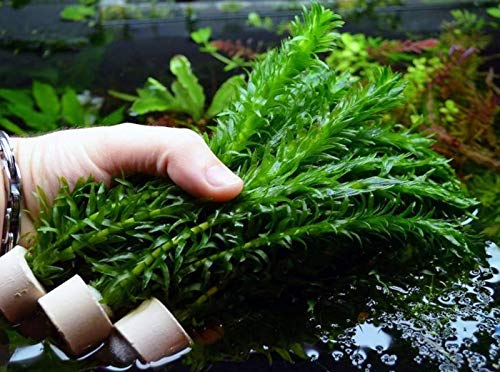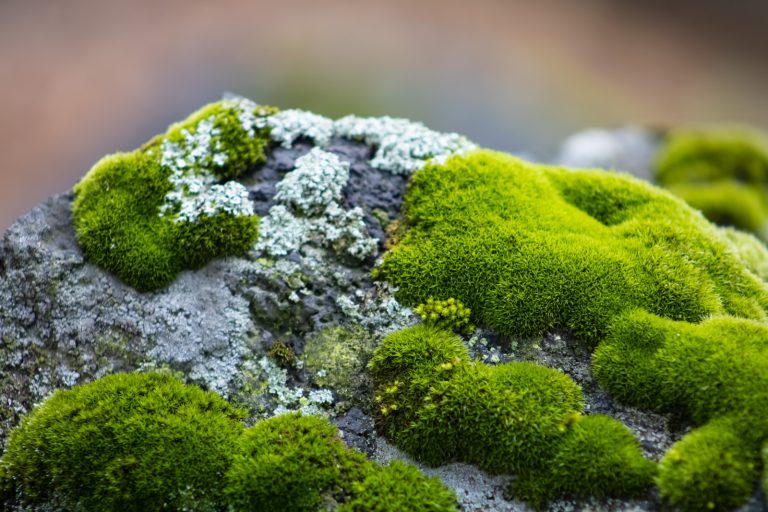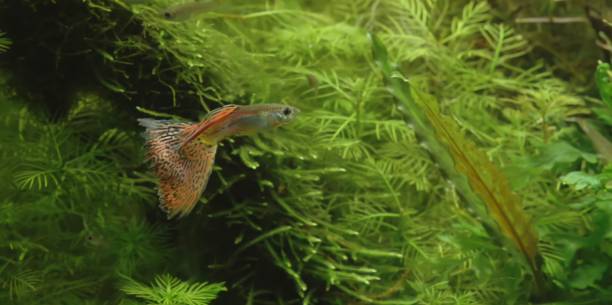Welcome to the comprehensive guide on the Best Plants for Guppies: Creating a Thriving Aquatic Environment. If you’re an aquarium enthusiast or a guppy owner, you know that creating a healthy and visually appealing underwater world for your finned friends is essential. In this article, we will delve deep into the world of aquatic plants, uncovering the secrets to providing the best environment for your guppies to thrive.
The Power of Aquatic Flora
Aquatic plants not only enhance the aesthetic appeal of your aquarium but also play a pivotal role in maintaining water quality and providing a natural habitat for your guppies. Let’s explore the key aspects of achieving the perfect aquatic environment for your beloved fish.

Choosing the Right Plants
Selecting the Best Plants for Guppies
When it comes to selecting aquatic plants for your guppy tank, it’s crucial to pick species that are compatible with the needs of your fish. Consider plants like Java Fern, Anubias, and Amazon Sword, which are renowned for their guppy-friendly characteristics.
Ensuring Compatibility
Before introducing any new plants, research the specific requirements of your guppies. Plants should thrive in the same water conditions as your fish, ensuring a harmonious coexistence.
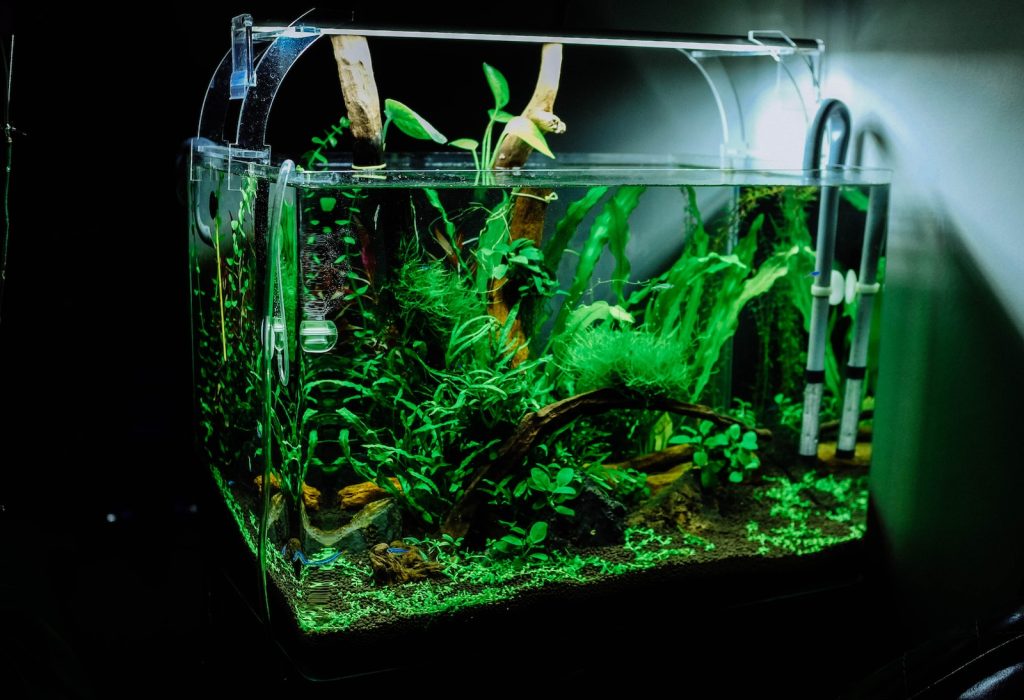
Setting Up Your Aquarium
Aquascaping with Purpose
Creating a thriving aquatic environment begins with thoughtful aquascaping. Arrange your chosen plants strategically to provide hiding spots and swimming areas for your guppies while maintaining a visually appealing layout.
Proper Lighting
Adequate lighting is essential for plant growth. Invest in quality aquarium lighting systems that cater to the needs of your chosen plant species, promoting healthy development.
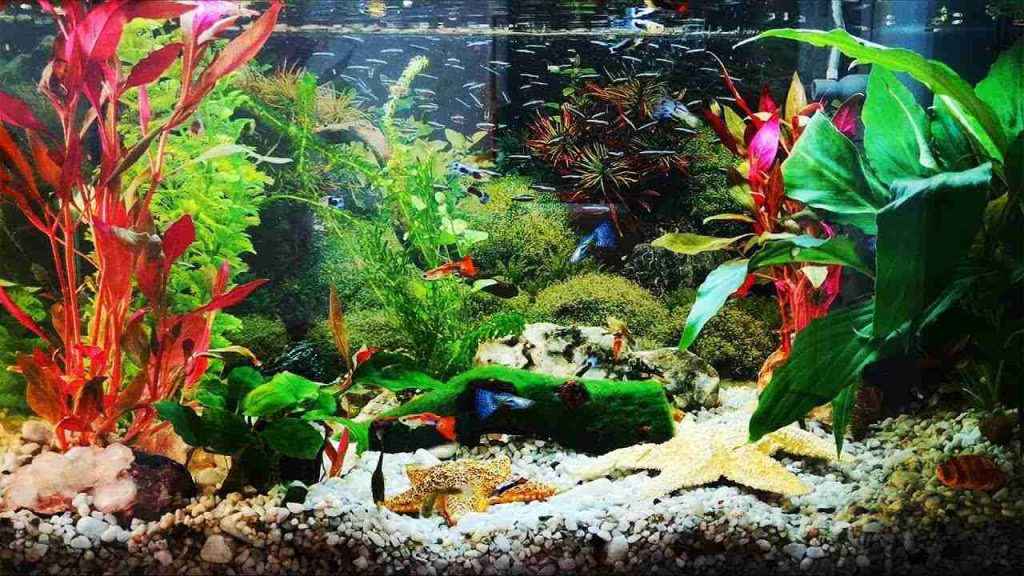
Nurturing Your Aquatic Garden
Water Parameters
Maintaining water quality is paramount. Regularly check and adjust pH levels, temperature, and nutrient content to create an ideal environment for both plants and guppies.
Fertilization
Some aquatic plants may require additional nutrients. Explore suitable fertilizers and dosing schedules to ensure your plants flourish.
Pruning and Maintenance
Regularly trim and remove dead or decaying plant material to prevent water contamination and maintain the aesthetic appeal of your aquarium.
FAQs
Q: How do I prevent algae growth in my guppy tank?
A: To combat algae, ensure proper lighting duration, maintain water parameters, and consider algae-eating fish or shrimp.
Q: Can I use artificial plants instead of real ones?
A: While artificial plants are an option, real plants offer numerous benefits, including improved water quality and a more natural habitat.
Q: What should I do if my guppies nibble on the plants?
A: Some guppies may nibble on plants; ensure they are well-fed and provide suitable alternatives like plant-based fish food.
Q: Are there plants that are toxic to guppies?
A: Yes, some plants can be toxic. Research plant species carefully and avoid those known to be harmful to fish.
Q: How can I promote plant propagation in my aquarium?
A: Encourage plant growth through proper care, suitable lighting, and the use of root tabs or liquid fertilizers.
Q: Do guppies prefer a planted tank?
A: Guppies thrive in a well-planted environment, as it mimics their natural habitat and offers hiding spots for fry.
Conclusion
Creating a thriving aquatic environment for your guppies is a rewarding endeavor. By carefully selecting the Best Plants for Guppies: Creating a Thriving Aquatic Environment, setting up your aquarium thoughtfully, and providing proper care, you can ensure a healthy and visually stunning home for your aquatic companions.
